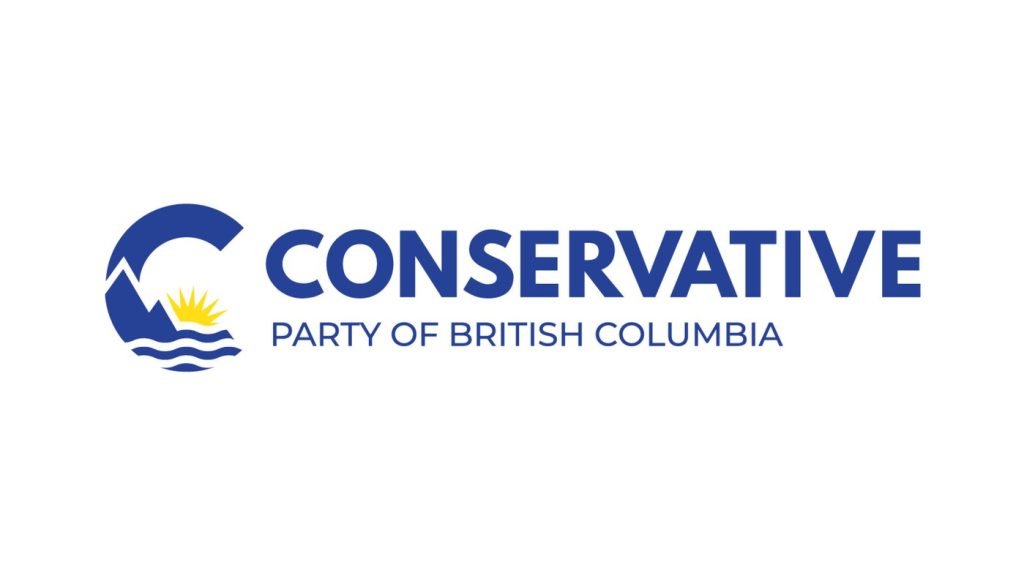A Vancouver researcher says young people need safe spaces for harm reduction

Posted April 7, 2024 9:34 pm.
A Vancouver research scientist says young people are at the centre of the toxic drug crisis and need more safe spaces to reduce harm.
Danya Fast, assistant professor in the Department of Medicine at the University of British Columbia (UBC) and research scientist at the BC Centre on Substance Use (BCCSU), wrote a book ‘The Best Place: Addiction, Intervention, and Living and Dying Young in Vancouver,’ that delves into the lives of a group of youths navigating Vancouver’s housing and overdose crisis, over 15 years.
Fast’s book shares the experiences of lives and deaths of young people who attempt to go through various services and systems in B.C. while overdose numbers skyrocketed over the years.
“We’re really following young people across time and places as they’re navigating intensive substance use, unstable housing, and homelessness, but also deeply important dreams of making homes and families together in the city of Vancouver,” she said.
Based on her years of research, Fast tells CityNews that along with dealing with different kinds of pain, substance use was also linked with excitement.
“The young people who I work with are always very careful to emphasize to me that drugs are also about pleasure,” she said.
“Connecting with other young people, connecting with romantic partners. Certain kinds of drugs, stimulants like crystal methamphetamine are very effective if you’re hustling and trying to make money in the context of varying poverty.”
Fast says, the system does not provide harm reduction services for the youth as it does for older people. She says, younger people don’t feel welcome at places like Insite- North America’s first legal supervised consumption site.
“Another reason that young people can be quite vulnerable to overdose is that they tend to use drugs in more isolated settings. They don’t have as much access to overdose prevention spaces,” she said.
Fast says, in her research, she spent a whole section focusing on housing as part of the solutions to the overdose crisis. She says housing that includes integrated primary substance use and mental care is a critical part of addressing the problem.
“Unfortunately, what my work showed was that rather than stabilizing young people’s experiences in supportive housing, (they are) cycling through a lot of different housing buildings, actually further, destabilized young people and put them in even greater risk for overdose,” she said.
She says designing housing that works for young people allows them to make homes for themselves, even if temporary.
“It allows them to build a sense of home a sense of social connectedness, because those things can actually be quite protecting in terms of overdose risk.”
Fast’s book also looks at treatment.
“The scaling up of opioid agonist therapies for young people. So those are treatments for opioid use disorder and also the scaling up of residential treatment beds,” she said.
She says, young people were cycling on and off treatment rapidly, between different kinds of treatments and recovery environments, which led them to feel like they were going nowhere.
“That could lead to drug use, binging, and overdoses — that feeling of ‘Well, I’m not getting anywhere with this. So you know, why don’t I use the drugs’,” Fast said.
Fast said the youth she followed through her research said housing felt like jail, juvie, foster care, or group home, rather than a real home where they could put down their roots.
“We want to be designing housing where relationships are at the center, and young people can feel a real sense of social connectedness and home in these places rather than a sense of disconnectedness and dislocation.”
She tells CityNews that Indigenous young people in particular experience dislocation. She heard many of them say “Whether it’s a housing building, a hospital, a foster care home, a group home, any kind of setting appeals institutional, you know, there’s a danger signal that starts going off in my head that’s telling me to get away.”
Fast says, Indigenous people and leaders need to be consulted and collaborated with to create home environments that are culturally focused.
“So that they can have that sense of safety in the places where they live that might be missing for them in particular,” she said.
Fast says she’s seen an increase in access to treatment after the declaration of the overdose public health emergency in 2016 but hasn’t seen access in areas where young people come together.
“We’ve done a good job of focusing on treatment perhaps… but where I see a lack of access is [in] spaces where young people can congregate and do things that bring them joy,” she said.
“[Places where they can access] different kinds of hobbies, games, sports, or music, but have embedded harm reduction services in those places.”
She says there aren’t any youth-dedicated overdose prevention sites, and she wants to see harm reduction spaces that are youth centred where they can build connections.
“Of course, includes connections to treatment, recovery, and other healing programs when young people are ready to make that decision,” she said.
The BC Coroners Service (BCCS) found that between January 1, 2017, to December 31, 2022, there were 142 unregulated drug toxicity deaths in B.C. of people younger than 19 years of age — this equates to 24 deaths a year in those six years.
It says, 54 per cent of those deaths were males, and 62 per cent were between 17 to 18 years old.
BCCS says, the largest number of deaths occurred in Fraser Health, followed by Island Health and Interior Health, and the jurisdictions with the highest number of deaths are Greater Victoria, Vancouver, and Surrey.








